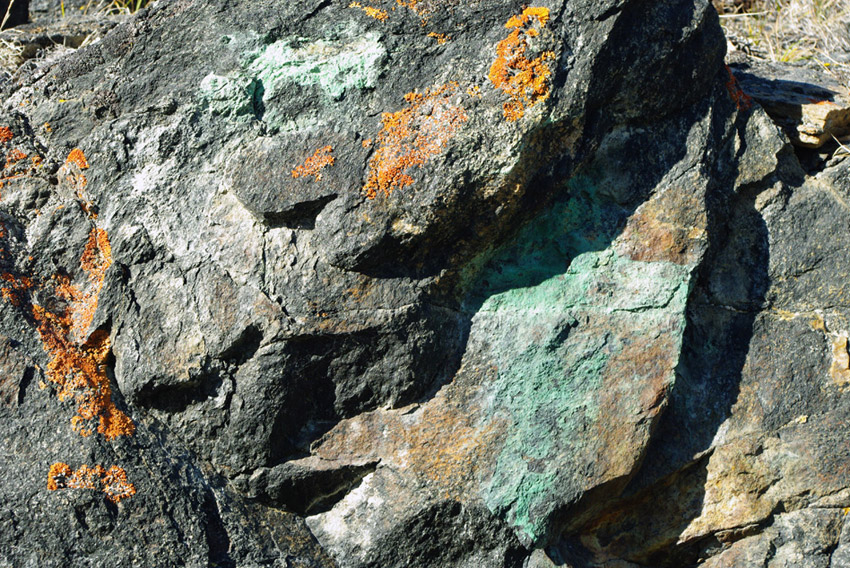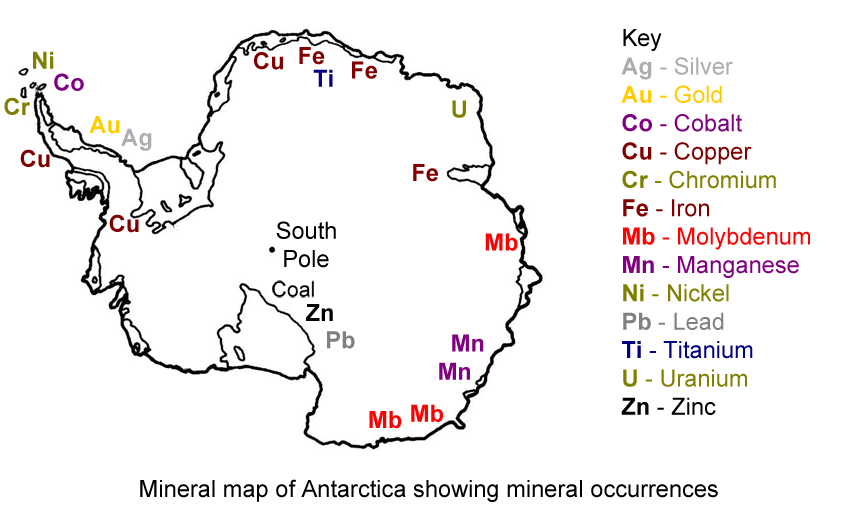Human Impacts on Antarctica and Threats to the Environment - Mining and Oil
There has never been any commercial mining in Antarctica, there are no current plans to mine Antarctica and mining is currently completely banned by the Antarctic Treaty until 2048. There are no known future plans by any of the Antarctic Treaty nations to reverse this decision.
Mining in Antarctica
When the original Antarctic Treaty was signed in 1959, the exploitation of resources was not discussed at all for fear of jeopardizing the Treaty. In the 1980's the issues were raised again, and led eventually to the Protocol on Environmental Protection to the Antarctic Treaty (an addition to the treaty), it is also known as the Madrid Protocol. It was signed in 1991 in Madrid, Spain by the signatories to the Antarctic Treaty banning mining. The protocol entered into force (became law) on the 14th of January 1998. It is up for review after 50 years in 2048 when any changes will need at least a 75% vote from the consultative parties.
 The green colouration is from copper
minerals in the rock, the orange is lichen on the surface
The green colouration is from copper
minerals in the rock, the orange is lichen on the surface
The Madrid Protocol sets out the principles under which environmental protection in Antarctica is to be regulated. This includes a ban on all commercial mining for at least fifty years. Though it might sound like an impressive piece of regulatory legislation, it was quite clear before it became law that there was no real commercial interest in mining or oil exploration in Antarctica for the foreseeable future, a fact that wasn't quite so clear in 1959 when the original Treaty was signed.
Antarctica's weather, ice and distance from any industrialized areas mean that mineral extraction would be extremely expensive and also extremely dangerous. The icebergs that drift around the continent frequently grind into the ocean floor like billion (or trillion) tonne ploughs. Pack ice can be blown miles in a day and transportation even in the relatively ice-free summer months is far from assured.
As recently as the 2002/2003 season for instance, the annual relief of the UK Halley Bay base had to be completed by air after numerous attempts to reach the base by sea were beaten. Any oil or minerals would need to shipped or piped out and then there's the problem of those vast icebergs again.
Mineral deposits
Antarctica is known to have mineral deposits, though any sizeable deposits that are easy to reach are rare and even then not economically viable to mine. One of the main problems is the vast covering of moving ice streams and glaciers.
Most of the continent is completely covered in snow and ice, usually hundreds or even thousands of meters thick. This poses two problems - firstly, how do we know exactly is down there without being able to easily (or even with great difficulty) test, and then even if we do know what is down there how do we get it out?
There are other issues with mining for minerals in Antarctica and that is that because it is frozen and has been for millions of years with little or no liquid water flowing, the processes that happen in other parts of the world as a consequence of weathering that concentrate minerals just don't happen in Antarctica. So it can assumed that while Antarctica most likely has minerals in the same quantities as any other comparable part of the earth's crust, they are spread out more thinly making economically viable concentrations rarer than elsewhere.
 A profile through Antarctica showing
the extent of ice cover
A profile through Antarctica showing
the extent of ice cover
Coal
Coal has been found in two regions in Antarctica - the Transantarctic Mountains and Prince Charles Mountains. One of the Antarctic Treaty nations hired a mining consultant to carry out an economic assessment on potentially mining the Transantarctic Mountains coal. After a brief visit to Antarctica, the conclusion was not to waste money on having an appraisal done.
The coal he found was low quality - high moisture, high ash content - thin and in broken bands. Far better reserves are found elsewhere on earth and they are not yet exploited.
If the Prince Charles Mountains coal was better and had it been close to a major user of the coal, it may have been exploited. However, the distance and difficulty in getting it mean that once again it is not economically viable.
Iron Ore
Iron is widespread in surface rocks in Antarctica and has been traced deep under the ice. Once again however the fact that it is isolated in Antarctica means that it is not worth getting. In addition, the best found contains only about 35% iron against other regions outside Antarctica where ores that are less than 60% are considered to not be worth mining as it is so little.
Chromium
The Dufek Massif in East Antarctica has been identified as a possible source of chromium, but only theoretically (i.e. no-one has actually seen it). Chromium ores are also plentiful elsewhere on earth even if not currently exploited.
Oil and Gas
Rocks in Antarctica have been suggested to contain oil or gas. Even if this was the case (no drilling has taken place to find any) it is unlikely that they could ever be exploited commercially.
Reliable authorities have estimated that it would cost over US$100 per barrel to get oil from Antarctica. Current oil prices per barrel (April 2015) are around $58.
There are over 30 years worth of reserves of oil left outside of Antarctica, possibly even up to 100 years worth, so there is no urgency to get Antarctica's oil.
There is also another obstacle, oil shale as a source of oil becomes economically viable at way below the cost of extracting oil from Antarctica and this is a potentially huge source of oil.
Currently practical
difficulties and costs of extraction mean that Antarctica
is not under immediate threat from mineral exploitation.
Picture credits, copyright pictures used by permission: Profile through Antarctica - By Hannes Grobe 21:51, 12 August 2006 (UTC), Alfred Wegener Institute for Polar and Marine Research, Bremerhaven, Germany used under CC-BY-SA-2.5 license.

